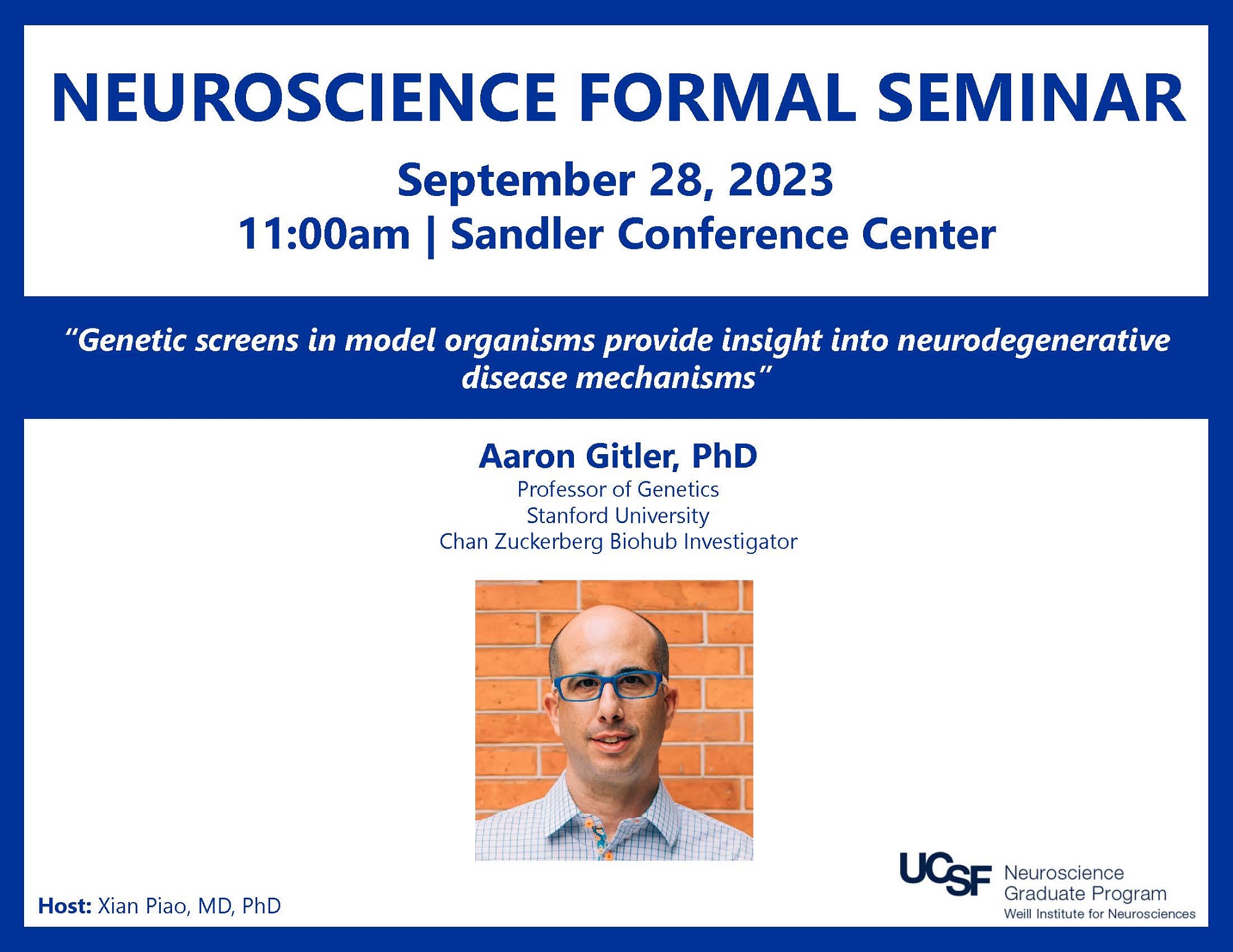
My goal is to discover the cellular andmolecular mechanisms by which protein aggregates contribute toneurodegeneration and to harness these mechanisms to devise novel therapeuticstrategies. We use the bakers yeast, Saccharomyces cerevisiae, as a simple, yetpowerful, model system to study the cell biology underpinningprotein-misfolding diseases, which include Alzheimer’s disease, Parkinson’sdisease, and amyotrophic lateral sclerosis (ALS). We are focusing on the ALSdisease proteins TDP-43 and FUS/TLS and have generated yeast models to definemechanisms by which these proteins cause ALS. Because these proteins aggregateand are toxic in yeast, we have used these yeast models to performhigh-throughput genomewide modifier screens to discover suppressors andenhancers of toxicity. Launching from the studies in yeast, we have extendedour findings into animal models and even recently into human patients. Forexample, we discovered mutations in one of the human homologs of a hit from ouryeast TDP-43 modifier screen in ALS patients. Mutations in this gene arerelatively common (~5% of cases) making it one of the most common genetic riskfactors for ALS discovered to date. These screens are also providing new andcompletely unexpected potential drug targets, underscoring the power of suchsimple model systems to help reveal novel insight into human disease.
